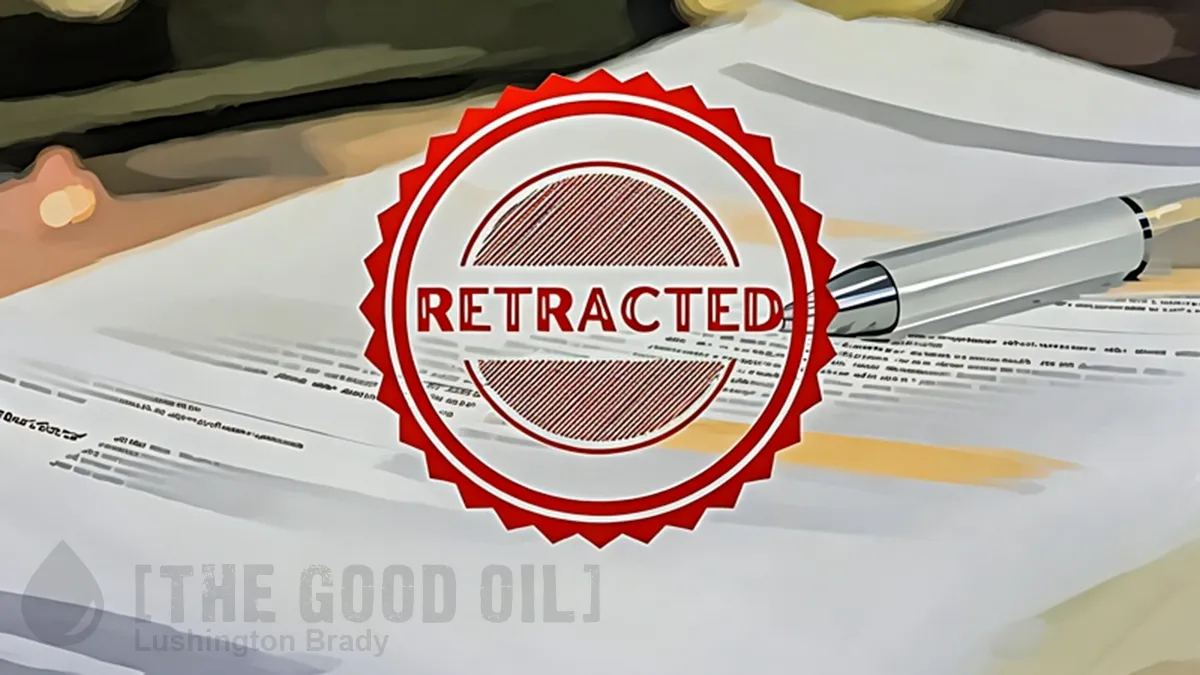Table of Contents
Just what are astronauts getting up to, out there in space?
The headline Sperm can survive in space for 200 years begs so many questions. If we shone a blacklight in the ISS would it look like a Jackson Pollock painting?
As it turns out, the headline refers to, not lonely astronauts making, ahem, “space jellies”, but actual scientific experiments. Honest.
Freeze-dried mouse sperm stored on board the International Space Station (ISS) for almost six years did not undergo any DNA damage and continued to produce “healthy space pups”, a new study has found.
Although this further begs the question: why?
Fear not! There’s a legitimate purpose for shooting rodent spunk into space.
According to the scientists, the findings shed more light on whether mammals, including humans, can reproduce in space.
Combined with experiments on the ground exposing mice sperm to X rays, the research, published Friday in the journal Science Advances, found that mammalian sperm cells could be preserved aboard the International Space Station (ISS) for roughly 200 years.
This could be important, some day. For instance, one proposed method for interstellar colonisation is “slow ships” which would many years, perhaps even generations, to reach another star. Such a trip obviously precludes sending “home” for supplies, so everything the potential colony needed would have to be carried. Including livestock — which ideally would be carried as frozen genetic material. Presumably, future colonists could also be carried in vitro — minimising weight on the voyage and preventing genetic bottlenecks for the colony.
Such a scenario might be considered in the light of history: the British colony at Botany Bay had to wait a year or more for ships to return to Britain for supplies and come back — assuming they even survived the precarious passage through the Southern Ocean.
Until now even the current Nasa cancer risk model for space radiation has been built based on data from the survivors of the Hiroshima and Nagasaki atomic bombings, “not from real experiments in space,” said the team including Sayaka Wakayama from the University of Yamanashi in Japan.
Space is an environment so hostile that even the Southern Ocean is a walk in the park by comparison. Most especially is the radiation.
Due to the complex mixture of many different types of radiations in space, they say experiments assessing DNA damage on Earth alone cannot capture the true realities of conditions beyond our atmosphere.
“There are many different types of radiation flying around in space, unlike on the ground. For example, there are heavy ions, protons, and electromagnetic waves from solar flares,” Wakayama told The Independent.
But, as it turns out, the actual dosage of radiation is less than might be feared.
“The total amount of space radiation absorbed by the ISS, as measured by the Japan Aerospace Exploration Agency (JAXA), was 0.41 milli Gray (mGy) per day,” Wakayama told The Independent.
In comparison, the typical radiation dose used for treating cancers such as solid epithelial tumours ranges from 60 to 80Gy.
“The results of X-ray irradiation experiments on the ground showed that freeze-dried sperm can withstand up to 30 Gy. Freeze-dried sperm can [still] produce the next generation when irradiated with up to 30 Gy of X-rays,” Wakayama added[…]
According to the scientists, a total of 168 pups were born from sperm stored in space for 6 years, all of which had normal appearance and no abnormalities in their gene activity patterns, compared to control mice born from sperm preserved on Earth.
The Independent
So, a bit of mathematical extrapolation suggests that frozen samples of genetic material could survive at least a couple of centuries in space without significant damage.
Whether or not that’s long enough to make it to another solar system, and how we’d get there, is another matter entirely.
Please share this article so that others can discover The BFD









